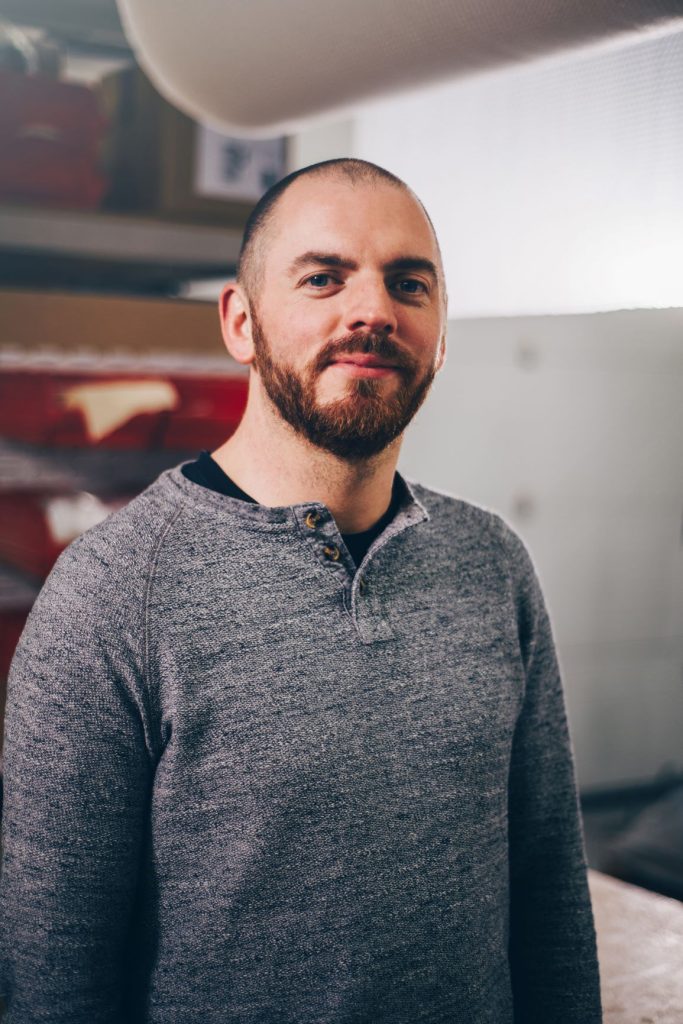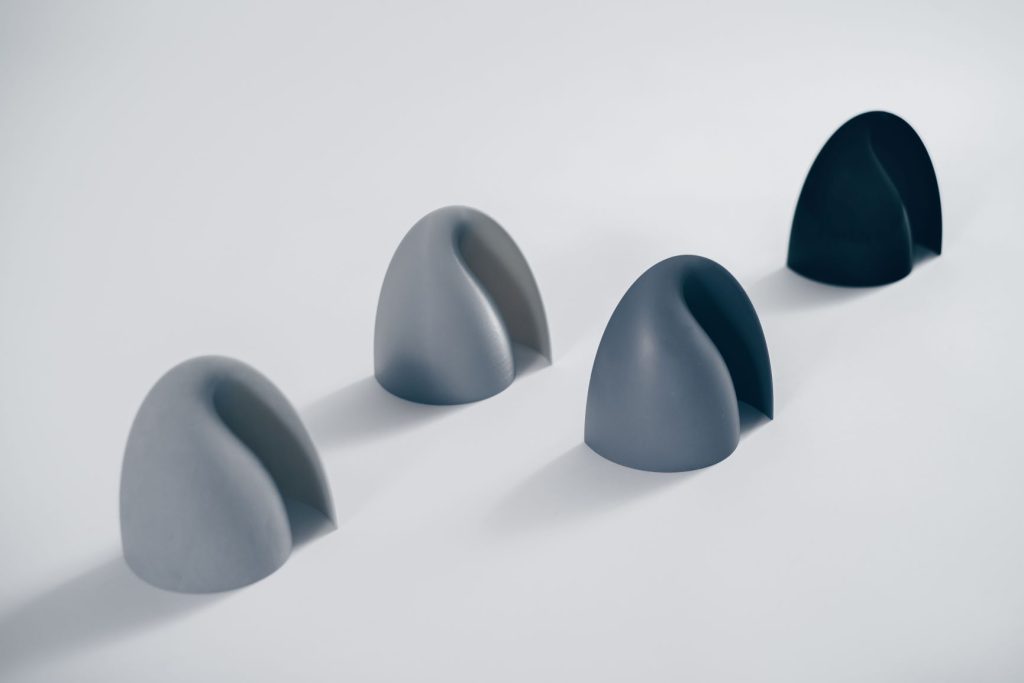We want to hear from you. Where is resin 3D printing winning and what are the hurdles? Take the Spotlight on Resin 3D Printing survey now.
Our series looking at the State of Resin 3D Printing continues with insights gained from running a 3D printing bureau. With more than twenty years of experience, AME-3D is an industrial 3D printing service provider based in Sheffield, UK. In this article Managing Director, Rich Proctor, of AME-3D discusses how the areas where SLA 3D printing technology needs to advance and how new materials could propel the sector further.

3DPI: How have you seen resin-based 3D printing develop in recent years?
Rich Proctor: There are more varied technologies compared to ten years and more ago. Before there was only SLA, not there’s DLP, MSLA, LFS etc. Also, the materials are much improved.
When we first began with our SLA systems, the materials were incredibly hydroscopic and brittle. A part could be a very different size before and after the weekend. Now there is a vast array of materials from ABS like, polycarbonate like, to flexible rubber simulants and even end-use true silicone.
The accuracy of systems has increased, too, with some running 10µm layers, which gives much better detail.
Finally, the machine speed is much quicker. Our latest machines will run a full build in about the same time as our old machines, but the difference is they are 8 times larger, meaning more can be built faster than ever.
3DPI: What do you consider the next technology hurdles for photopolymer-based 3D printing to overcome?
Rich Proctor: Materials have come a long way in the last 20 years but can always be improved. All materials on the SLA systems replicate end-use polymers but so far they never quite match up to the properties of the real thing.
In addition, UV-cure materials will always be susceptible to sunlight which limits the amount of time a SLA component will function well outdoors. This is now better than previously but limitations still exist.
The same goes for waterproof materials. These are better but have still limited.
At AME-3D, we have a mixture of old and brand-new machines and can maintain them to a high standard. From an environmental point of view, a reusable consumable material would be ideal. If this were possible the support structures used in the printing process could be reused and not thrown away.
Resolution will always be improved by being increased, as in the laser spot will be refined to focus to an ever-smaller spot size. This means that parts can have finer detail. It’s like drawing with a sharp pencil rather than permanent marker. This however adds time. If we could increase the fine-detail without sacrificing time that would be a significant game-changer.
Speed has also increased dramatically but remains steady with SLA. The name rapid prototype is slightly overplayed with SLA. DLP is a significantly quicker technology but build volumes are small and they are a more expensive investment. (The investment in both machines and material is higher). If SLA could become faster and DLP larger then both technologies would be adopted for more applications.
3DPI: What applications of vat photopolymerization do you see as under-developed by the market, and why?
Rich Proctor: Previously, material capability has hindered the use of vat photopolymerization technology because it has been hydroscopic and brittle. Now it is much more robust and accurate, making it well-suited for end-use parts that it previously wasn’t appropriate for.
In the meantime, other technologies such as SLS, MJF and FDM have stepped into the end-use parts game at the expense of SLA. This has the potential to change now that vat photopolymerization technology has improved.
For example, medical devices, anatomical models, components with flexible materials like orthotics, and the aerospace industry could benefit from vat photopolymerization and use it more widely.

3DPI: Where are opportunities for materials development in regards to vat photopolymerization technology?
Rich Proctor: Material for SLA and DLP systems have largely been rigid with some examples being flexible. The processing of the material is complicated for flexible material, but the advantage to the user is great.
As mentioned previously, both waterproof and UV stable materials would help to increase the usage opportunity of vat photopolymerization technology.
And similarly, chemical resistance would give SLA the opportunity to work in a broader market and be used in markets where SLS, MJF, and FDM are currently dominant.
A big step forward for vat photopolymerization materials would be to make them suitable for regulated industries, for example, making them food safe, skin safe, or FDA compliant.
More articles in this series: The State of 3D Printing: Resin.
We want to hear your opinion on resin 3D printing, take the survey now.
Want to contribute further? Get in contact if you’d like to share your thoughts on this topic.
Subscribe to the 3D Printing Industry newsletter for the latest news in additive manufacturing. You can also stay connected by following us on Twitter and liking us on Facebook.
Looking for a career in additive manufacturing? Visit 3D Printing Jobs for a selection of roles in the industry. Subscribe to our YouTube channel for the latest 3D printing video shorts, reviews, and webinar replays.
Featured image shows AME 3D Product Development Technician Andy Hall with first large part from RS Pro 800. Photo via AME 3D.



